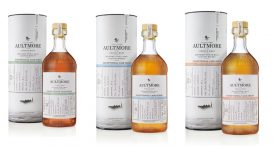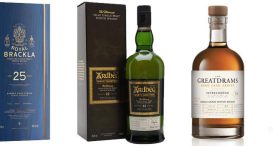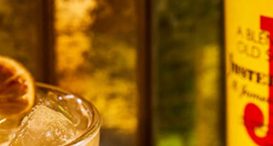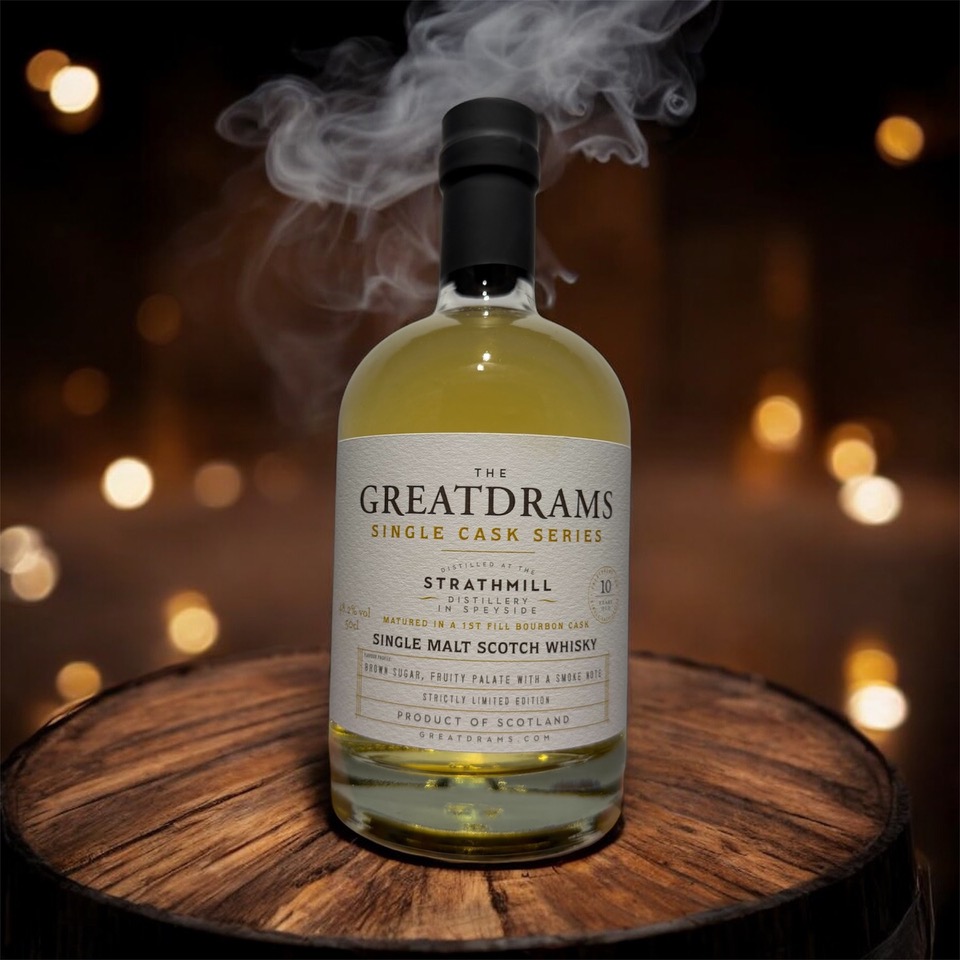INTERVIEW: WhistlePig, Daniel Khan – Senior Steward of the Brand
let’s begin
Ahead of a recent trip to one of my favourite cities, and in many ways my spiritual home, New York I asked the GreatDrams community for some bourbon and rye recommendations to satisfy my need to explore the category more. One of those was WhistlePig Straight Rye.
Upon trying it I subsequently got in touch with their Senior Steward of the Brand, Daniel Khan to talk about everything from farms to laying down stock and plans for the future.
Can you give me some context as to what makes WhistlePig stand out from other distilleries? How are you guys doing things differently?
I can comfortably say that no other American or otherwise whiskey doing what we are doing. Raj, the founder of WhistlePig, had just purchased a dairy farm in Shoreham, Vermont and knew nothing about agriculture so said he needed to get into the whiskey business to make the land profitable. He started to ask ‘how do you make a farm work for whiskey?’.
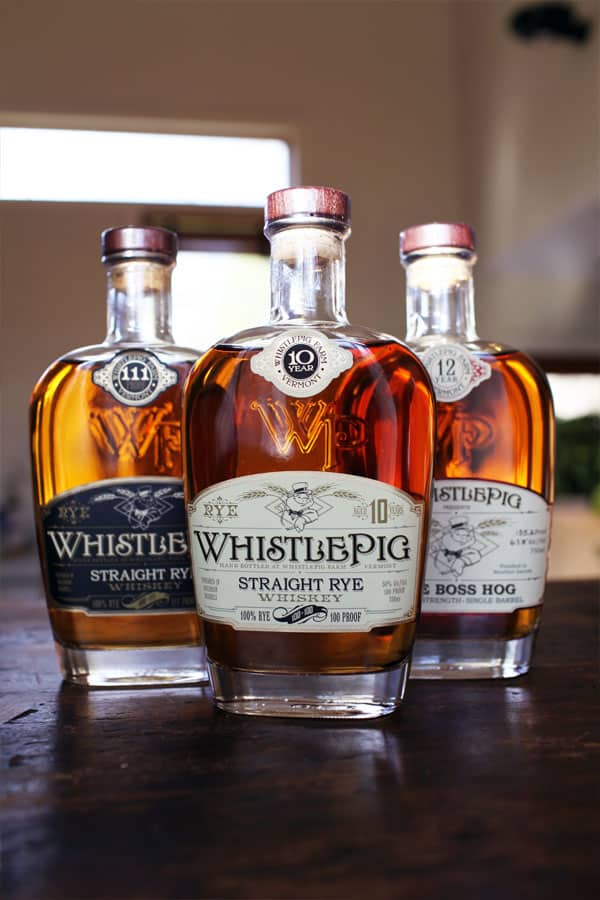
Rye was born in the north eastern parts of the United States during the revolution era. When English blockages the harbours, US ran out of rum so created whiskey from rye grain. Bourbon did not take over as America’s whiskey until after prohibition. George Washington was the country’s largest producer and distributer of rye whiskey in the USA.
Identified rye whiskey, did his due diligence, met Dave Pickerell, now our Master Distiller and brought all the expertise being Master Distiller of Marker’s Mark for 14 years. Dave wanted to get away from a bigger company and get into a smaller company in the rye business. He saw that there was potential yet to be tapped into.
So now the team was assembled, the team set about creating the world’s best rye whiskey (GreatDrams: Lofty ambitions, I love it!).
Can rye become the best whiskey in the world?
Rye as a grain has a real spice, strong flavour, we double barrel age it for ten years. It has smooth, lingering flavours that gives a spice that other bourbons cannot achieve. It has a finish so long it needs its own ZIP code, that’s my favourite review so far.
How would you describe the WhistlePig range? What stands it out from competitors?
We have an ambition to create a range and to only produce the best and the highest scoring whiskey there is. We have some of the oldest rye whiskey ageing from ten years and up, a stockpile of quality and mystery.
Rye is a challenging grain to distill, so it needs to be distilled in a careful way. Our Master Distiller did not know a great deal about distilling rye before joining WhistlePig as its prominence had diminished since the 1960s when US Congress named Boubon as America’s whiskey but Dave worked with it, experimented, worked it out and look where we are.
Our 10 year old is our youngest product despite being around for four years, our stockpile is only getting older so great things to come.
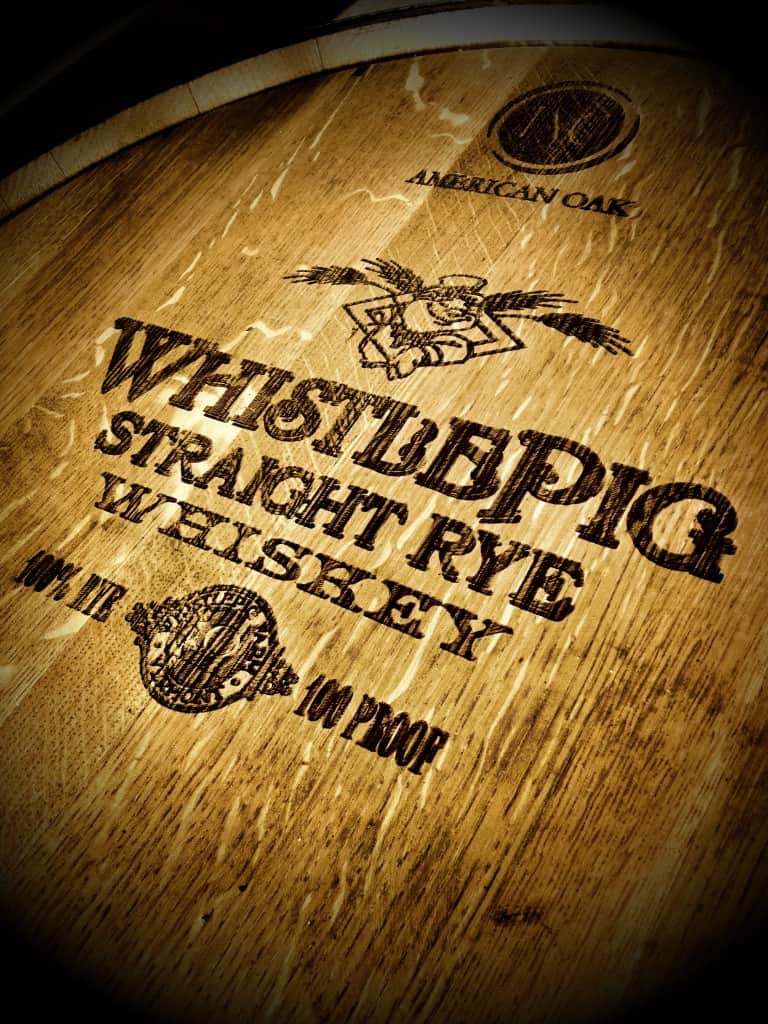
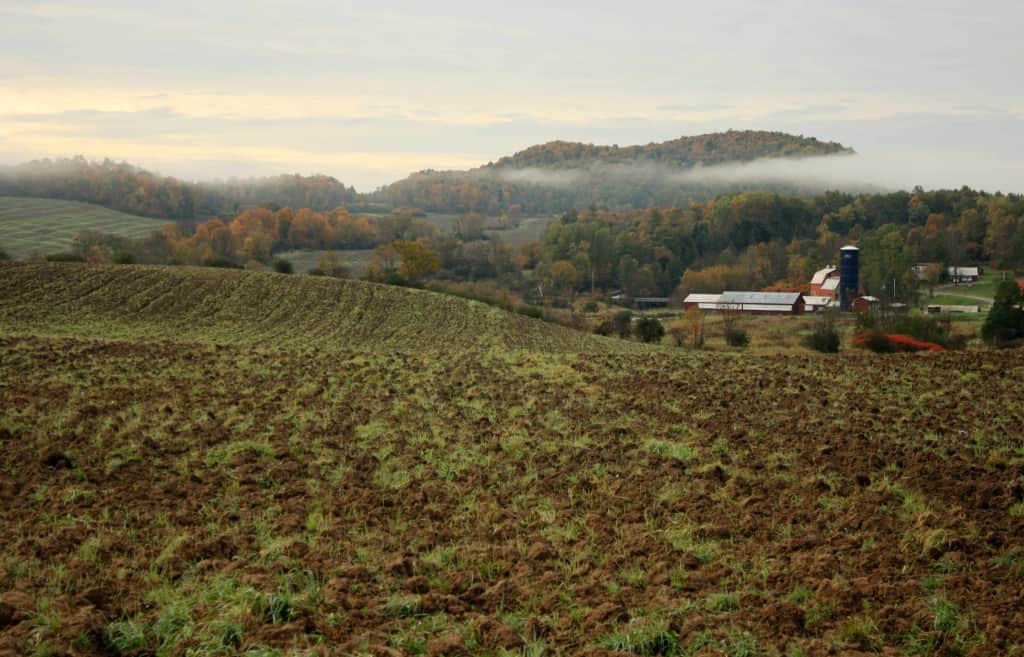
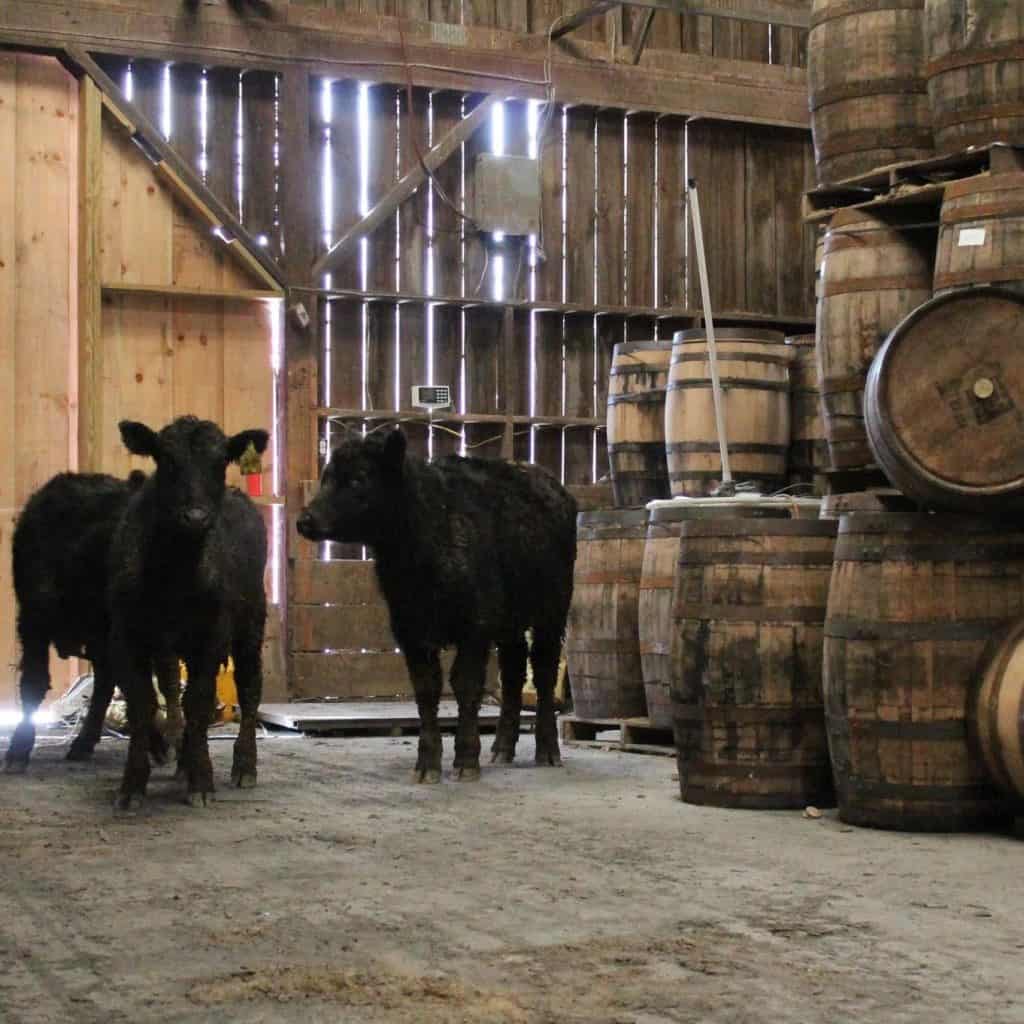
So where next for rye whiskey?
Rye has more than tripled in category size to 300,000 cases over the last few years, and I know for a fact that one distributer has 500,000 cases laid down for 2018.
Interesting time to be in this business, the entire American whiskey category is growing, mostly domestic but will get more international with markets growing all over the world.
What, in your opinion, makes a whiskey giftable?
I think it goes back to what we were talking about; you need to know what is important to the whiskey drinker. The flavour should be reason enough, but the story has to work for the buyer as well as the drinker.
The last four years we are fortunate to have a great supply of whiskey, our farm also has its own maple syrup operation, sheep, pigs, cows, even a bee keeper uses the land, we have a naturally interesting story.
This is our biggest strength.
We have gone from one thousand cases in our first year to 14,000 in year four.
So there must be an amazing camaraderie within the business?
Like you would not believe. In fact, I lived in my boss’ house on the farm for a couple of years before I started travelling for WhistlePig.
When we hire someone they come to live on the farm for a few weeks to get to know the company, the farm, the inventory, to muck in and form a bond between them and the rest of the team. What that creates is a small company that knows each other inside out and works together for each other.
We are in the middle of nowhere on a dirt road in a town with less than a thousand people and struggled to even get proper internet for ages due to how remote we are.
How important is packaging in consumers’ decision making?
Sad reality but packaging is really important, we have a pumpkin seed shape that stands out, I read that 75% of the time people buy by just staring at the bottle until they make the decision. But that does leave you susceptible to competing brands’ marketing guys telling different stories that capture attentions better.
A great example is from the book Freakonomics. With reference to the wine industry, they got a few wine list curators from around the country to do blind tastings and all picked their favourites as being the wines around $15-20 vs. the ones with the bling packaging retailing at $100.
As a startup company we have the product and packaging which are great, but a big part of our brand is the narrative which has to stand us out from the others.
What are the biggest challenges you’re facing at the minute in getting your message out?
Biggest challenge would be similar to when we started the business
You put out white whiskey, a gin, a vodka then let stuff age so you can release a 3, 5, 7, 10 year old so takes a lot of time to get up to production speed, and it takes a huge amount of capital to get started.
So to fast-track our sales and brand growth, Raj bought a tonne of rye whiskey reserve, transferred to ex-bourbon casks, then put it out as WhistlePig. We still hand fill every bottle, everyone gets involved when they are on the farm.
Our still has been ordered for the farm, we are set to become the country’s first single estate rye whiskey since prohibition.
Biggest challenge has actually become our biggest strength. A lot of whiskies, especially craft, are sourcing from the same two large distilleries. The trends are for sourced whiskies whereas, once we have the still, we will be an open book about our great provenance story.
What has been your biggest win since being at WhistlePig?
I was very fortunate to have met Raj in college and have been here since the get-go and have enjoyed the challenge. My biggest win would be getting the still approved as held us up for 18 months.
We have had a number of big wins and awards including rye whiskey of the year 2013 where we were up against all rye whiskies aged over six years old inc Pappy Van Winkle 13 year old.
All comes back to the story and the liquid, the independent variable is huge.
Aside from your own, what would be your top three whiskies?
Laphroaig Second Edition of the Cask Strength 10 Year Old
Many of the other peaty ones
Lots of craft brands including High West, they source and produce their own stuff inc combining 16 and 6 year old rye



